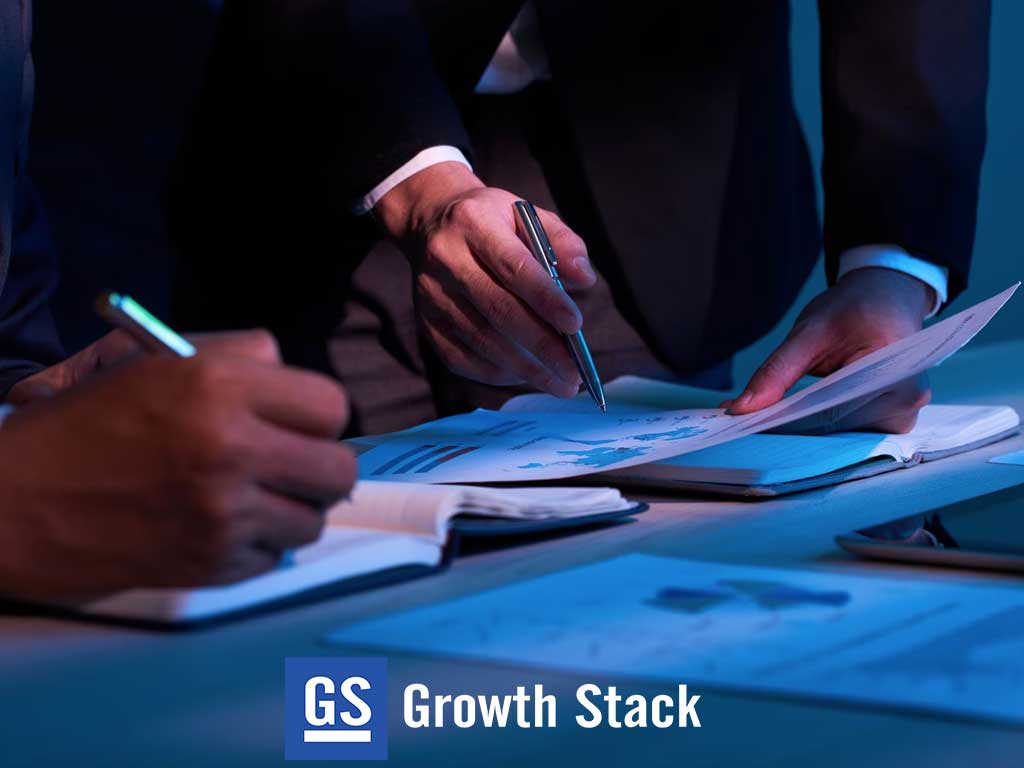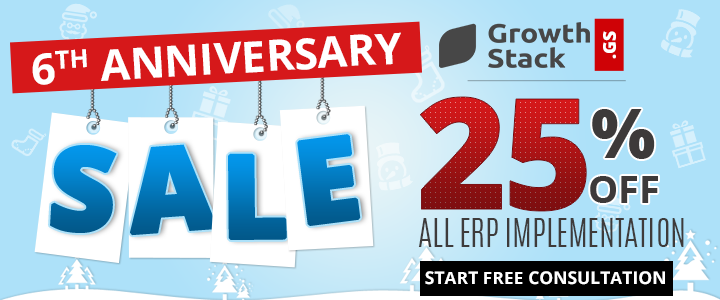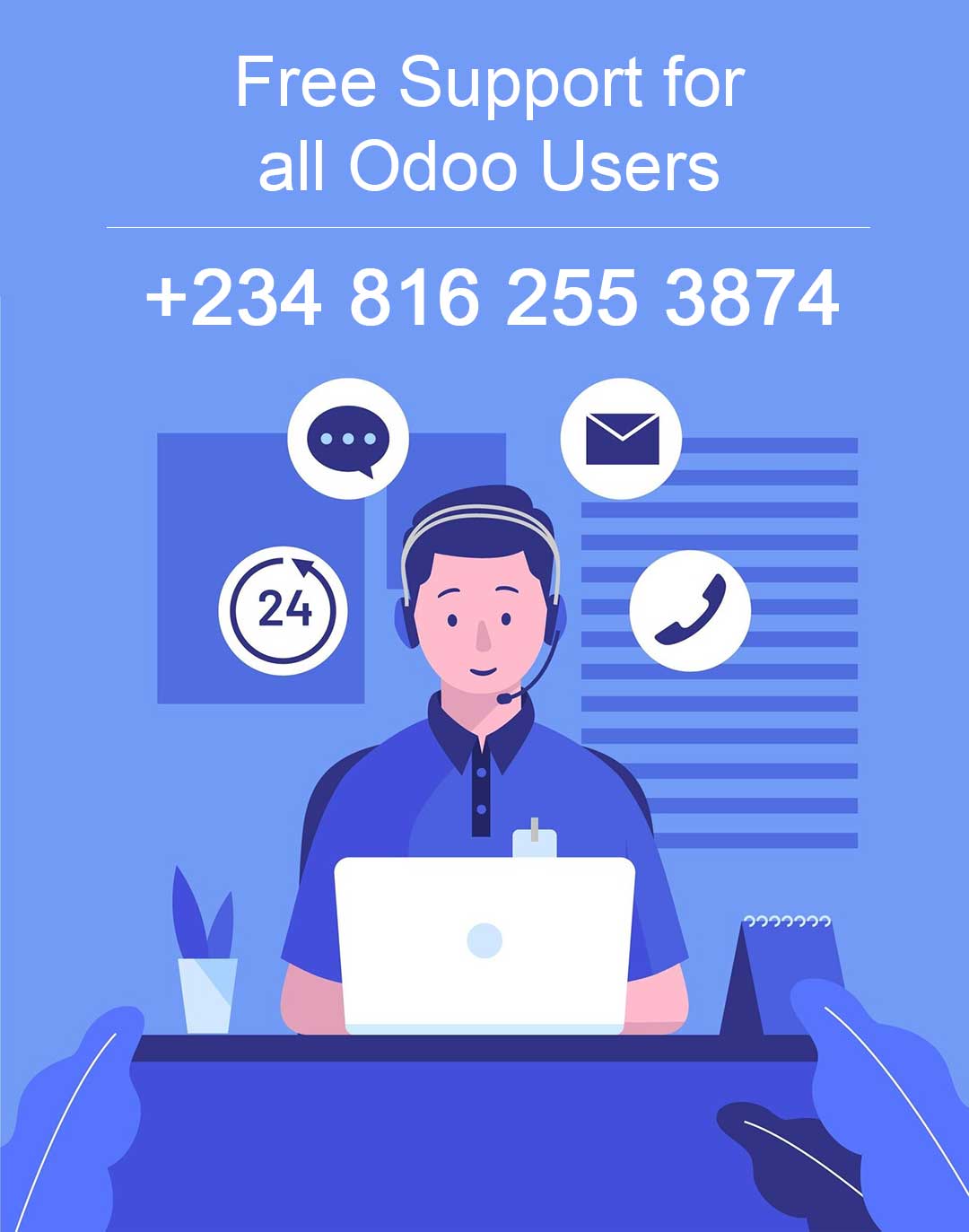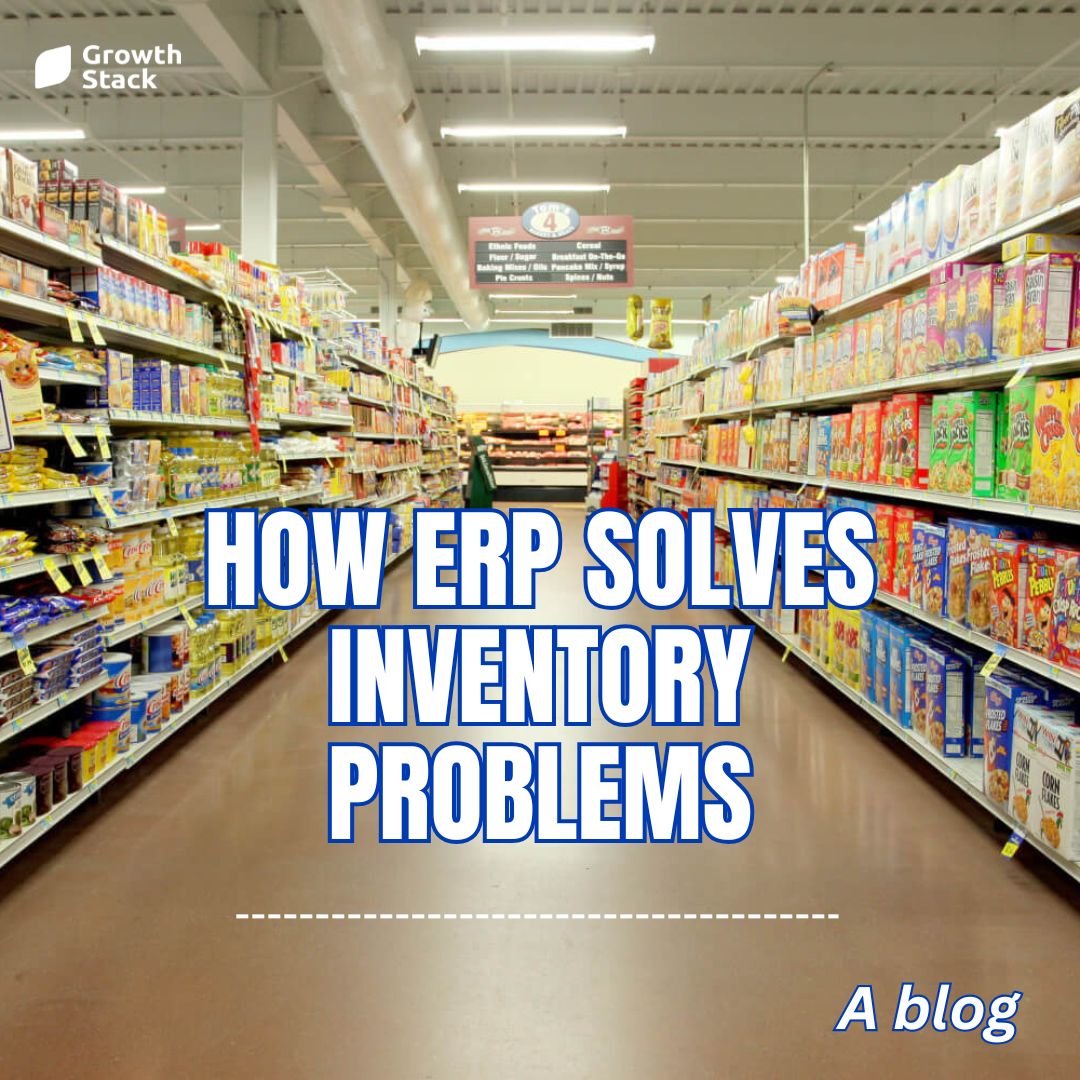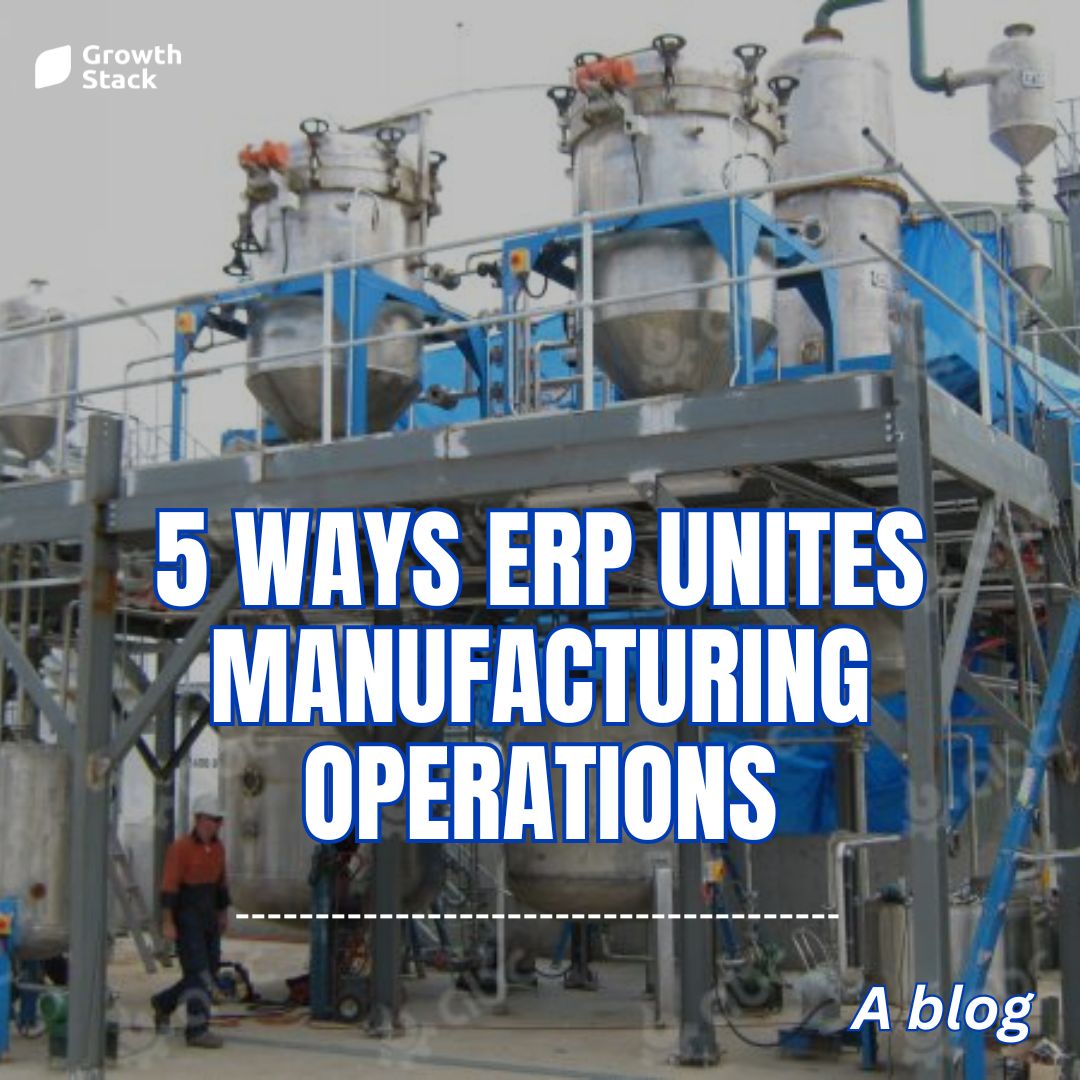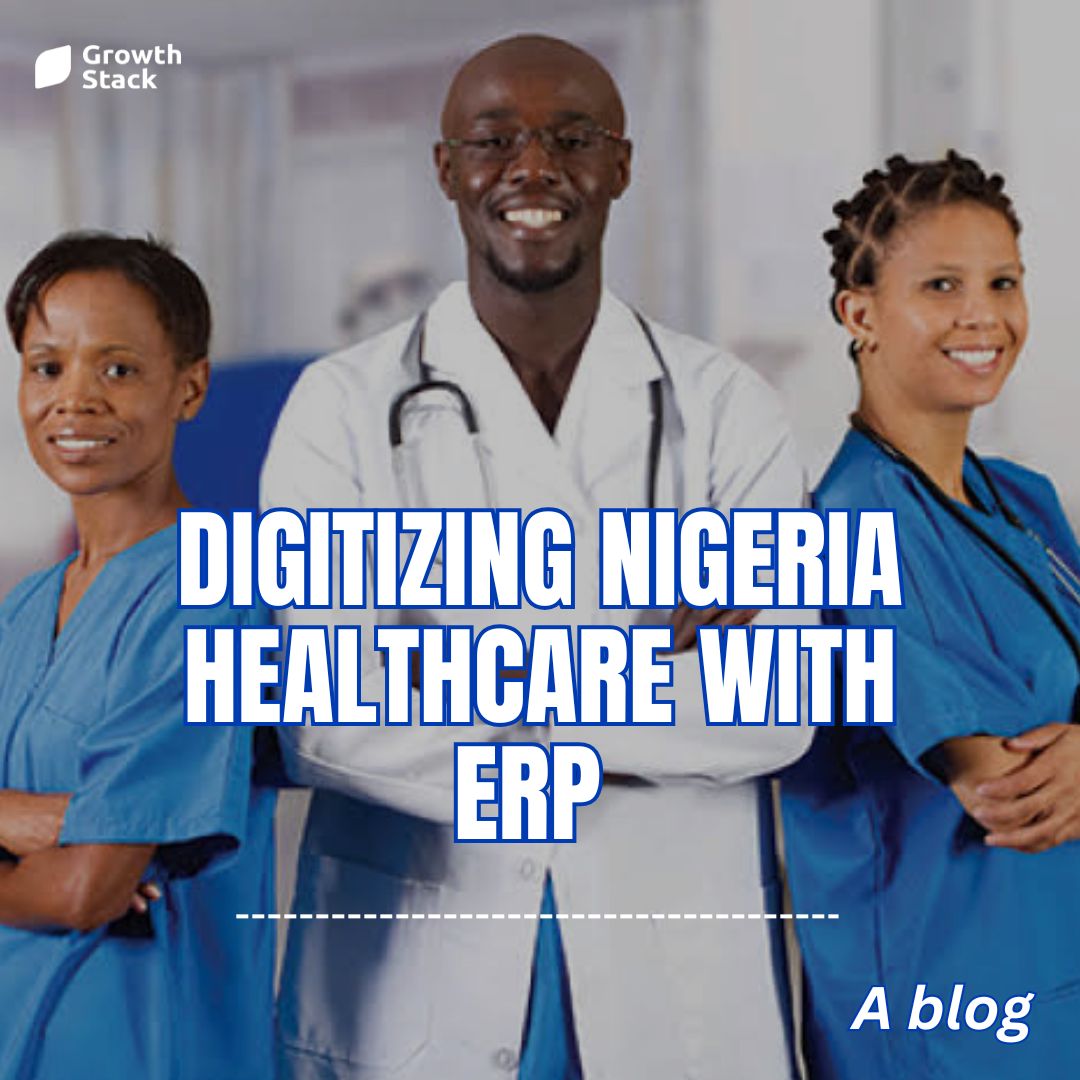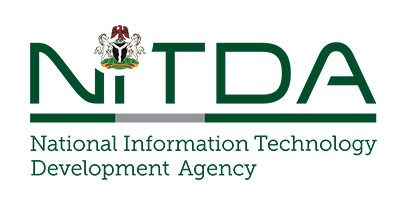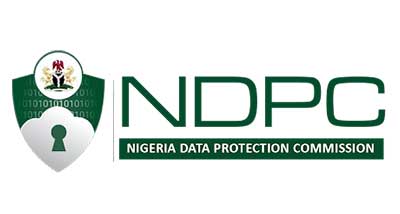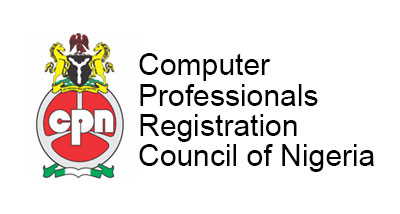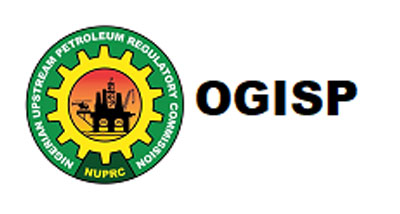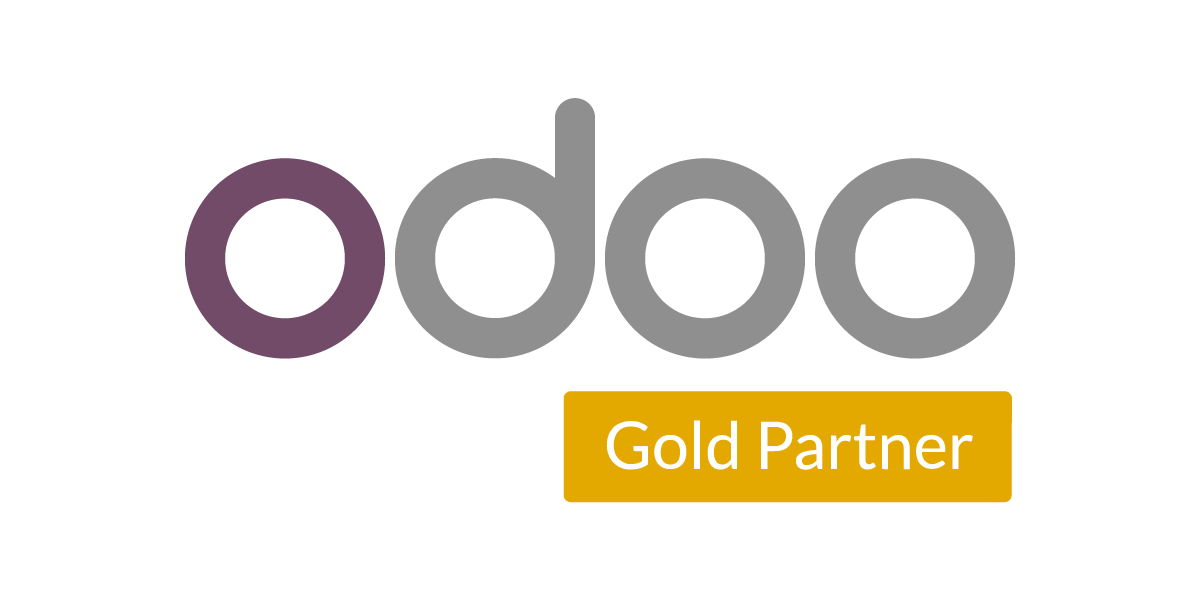Total Cost of Ownership (TCO) for ERP: Beyond Licensing Fees – An in-depth look at the various components that contribute to the total cost of ownership of an ERP system, including implementation, maintenance, training, and support.
In the realm of modern business operations, implementing an Enterprise Resource Planning (ERP) system is a strategic move that promises improved efficiency, streamlined processes, and enhanced decision-making. However, the decision to adopt an ERP solution goes beyond the initial licensing fees. Organizations must consider the Total Cost of Ownership (TCO) to gain a comprehensive understanding of the investment required. In this article, we delve into the various components that contribute to the TCO of an ERP system, helping you make informed decisions for your business.
1. Licensing Fees: The Starting Point
Licensing fees are often the most visible component of an ERP’s cost. These fees grant access to the software’s core functionality. While they vary based on the ERP vendor, the nature of your business, and the modules required, it’s important to remember that they are just the tip of the iceberg when assessing TCO.
2. Implementation Costs: Building the Foundation
Implementation costs encompass a range of expenses, including consulting fees, customization, data migration, and integration with existing systems. These costs are essential for tailoring the ERP to your business needs, ensuring seamless data transfer, and achieving process alignment.
3. Hardware and Infrastructure: The Tech Backbone
ERP systems require a robust hardware infrastructure to operate efficiently. This includes servers, storage, networking equipment, and cybersecurity measures. These investments are critical for system performance, data security, and user experience.
4. Training and Change Management: Enabling User Adoption
To realize the full potential of an ERP system, your employees must be well-versed in its functionalities. Training costs include not only initial training sessions but also ongoing training to keep up with updates and changes. Investing in change management initiatives helps ease the transition and boost user adoption.
5. Support and Maintenance: Sustaining Operations
Post-implementation, ongoing support and maintenance are essential for keeping the ERP system running smoothly. This includes troubleshooting, bug fixes, updates, and regular system health checks. While these costs are continuous, they ensure optimal performance and minimize disruptions.
6. Internal Resources: The Hidden Workforce
Organizations often underestimate the internal resources required for ERP implementation and maintenance. These include dedicated IT staff, project managers, and business analysts. These personnel play a crucial role in system management, troubleshooting, and adapting the ERP to changing business needs.
7. Data Management and Security: Safeguarding Information
Data management and security are paramount considerations. These costs include data backups, disaster recovery planning, cybersecurity measures, and compliance with data protection regulations. Investing in robust data management practices prevents data loss, breaches, and regulatory penalties.
8. Integration and Customization: Aligning Systems
Integrating the ERP with existing software and applications, as well as customizing it to match unique business processes, incurs costs. Seamless integration ensures data flow between systems, while customization tailors the ERP to your specific needs.
9. Scalability: Future-Proofing Investments
As your business grows, so should your ERP system. Scalability costs involve expanding the system’s capabilities, adding users, and integrating new modules. Ensuring your ERP can accommodate growth prevents the need for significant overhauls down the line.
10. Downtime and Disruptions: Mitigating Risks
ERP-related disruptions, including downtime during implementation and maintenance, can impact business operations and customer satisfaction. Costs associated with minimizing and recovering from these disruptions include backup systems, redundant infrastructure, and contingency planning.
Conclusion: Taking a Holistic View of TCO
When considering the adoption of an ERP system, it’s crucial to move beyond the upfront licensing fees and take a holistic view of the Total Cost of Ownership. Incorporating implementation costs, ongoing support, training, internal resources, and infrastructure expenses provides a more accurate picture of the investment required. By factoring in these components, organizations can make informed decisions that align with their financial resources, business goals, and growth plans. The benefits of an ERP system are vast, but understanding the full TCO ensures that your investment yields sustainable operational efficiency, improved decision-making, and long-term business success.
